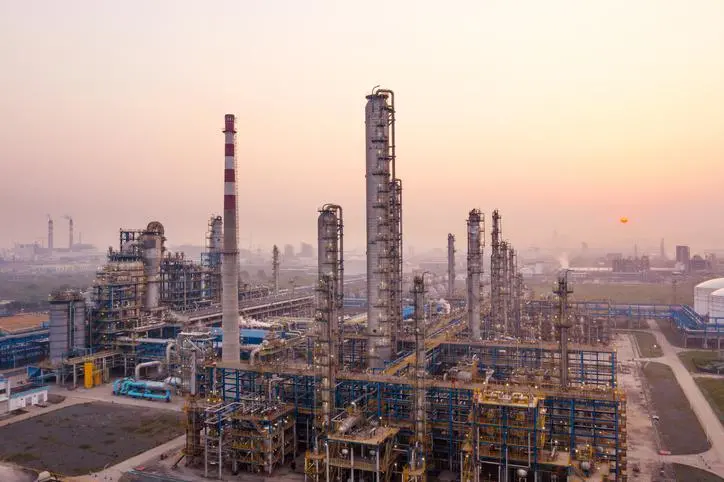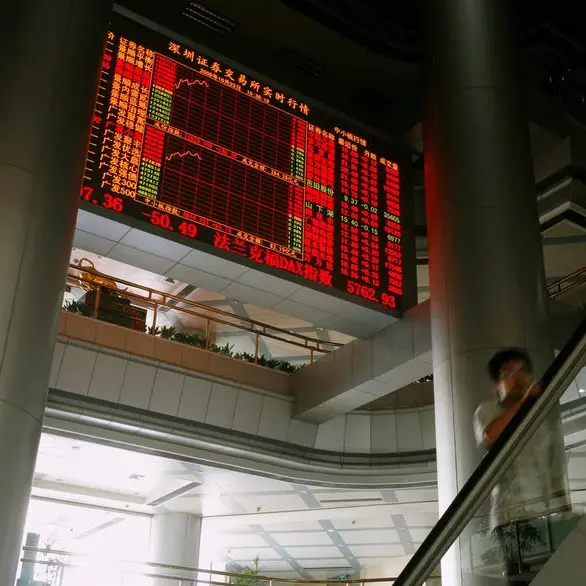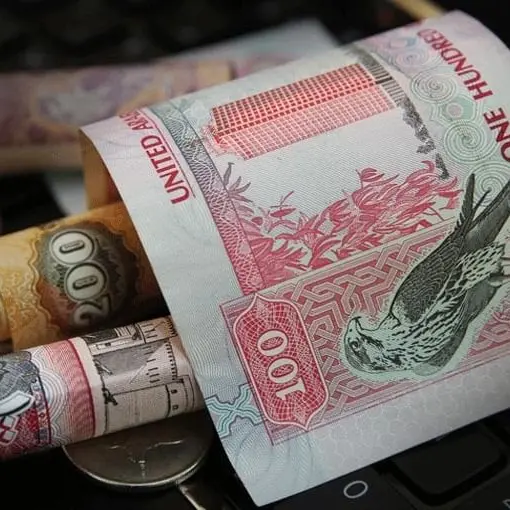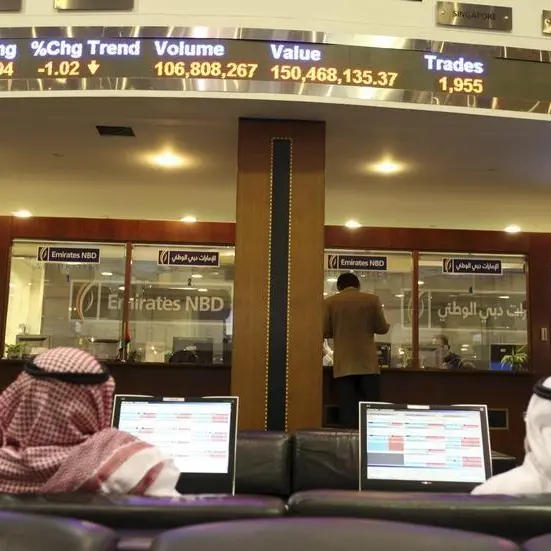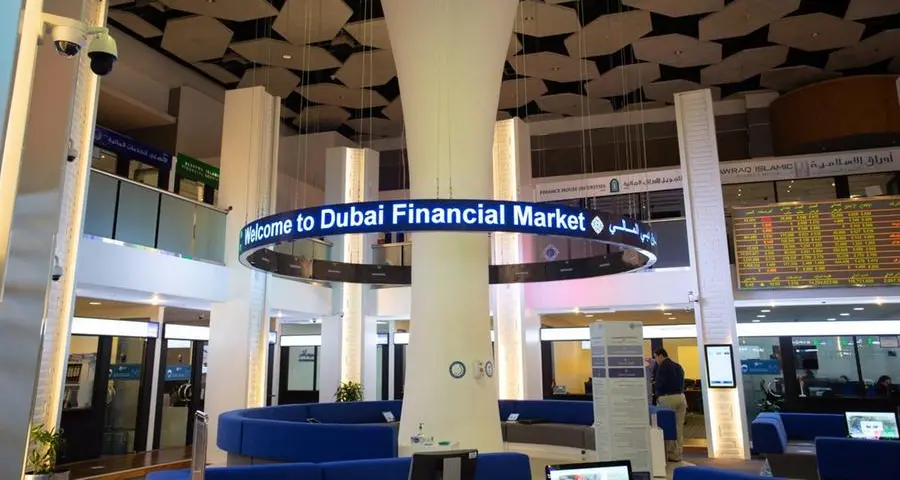PHOTO
Brent crude price closed the week steady at $76.17 per barrel, surprisingly only one cent lower than last week. West Texas Intermediate (WTI) closed the week higher at $75.16 per barrel marking the sixth weekly gain.
Brent and WTI spreads have narrowed further to $1.01 per barrel, which will make the US shale oil barrels less competitive compared to Brent-related crude.
This shows that the US oil supply is unable to cope with the rising high demand. This will result in less US oil exports, as strong oil demand has outpaced pre-pandemic levels recently at 20.8 million barrels per day (bpd), compared to 20.6 million bpd before the pandemic.
Global oil consumption is returning to pre-pandemic levels faster than expected, amid the gradual re-opening of major economies. This means the physical oil market is hungry for more supplies, which was reflected in an oil futures forward curve that is at the steepest it has been in more than a year. This indicates that global supplies remain tight, with the US economy rapidly recovering and demand for fuel rising and pushing prices to levels not seen in 3 years.
An OPEC+ announcement regarding the output cuts strategy for the second half of the year was delayed over the weekend until further meetings that are expected on Monday, with news suggesting there would be further discussion on the oil production baseline. This might be also related to the huge uncertainty that still clouds the outlook for supply and demand.
The global oil markets appreciated Saudi Arabia’s voluntary output cut, made in addition to OPEC+ historic output cuts and additional measures undertaken by the Kingdom to further reduce output by 1 million bpd. These moves have greatly helped to stabilize the market amid the largest oil demand shock in history. Saudi Arabia has endured the pain alone, so everyone can reap the fruits of this voluntarily cut.
The Kingdom’s efforts to balance the global oil market have seen it lead by example, and its oil production baseline is the one that makes the difference. This was evident when Saudi Arabia reinforced its role as the world’s only swing producer, who was able to reduce oil output from a record 12.3 million bpd to just 7.49 million bpd in the space of two months. No other producer could manage that, and it reflects the unparalleled infrastructure of Saudi Aramco.
The latest figures from the Commodity Futures Trading Commission (CFTC) on June 29, 2021, showed that long positions on crude oil futures on the New York Mercantile Exchange (NYMEX) numbered 671,896 contracts, down 4,228 contracts from the previous week (1,000 barrels for each contract).
• Faisal Faeq is an energy adviser and columnist. He formerly worked with Saudi Aramco and OPEC Secretariat. Twitter: @FaisalFaeq
Copyright: Arab News © 2021 All rights reserved. Provided by SyndiGate Media Inc. (Syndigate.info).
